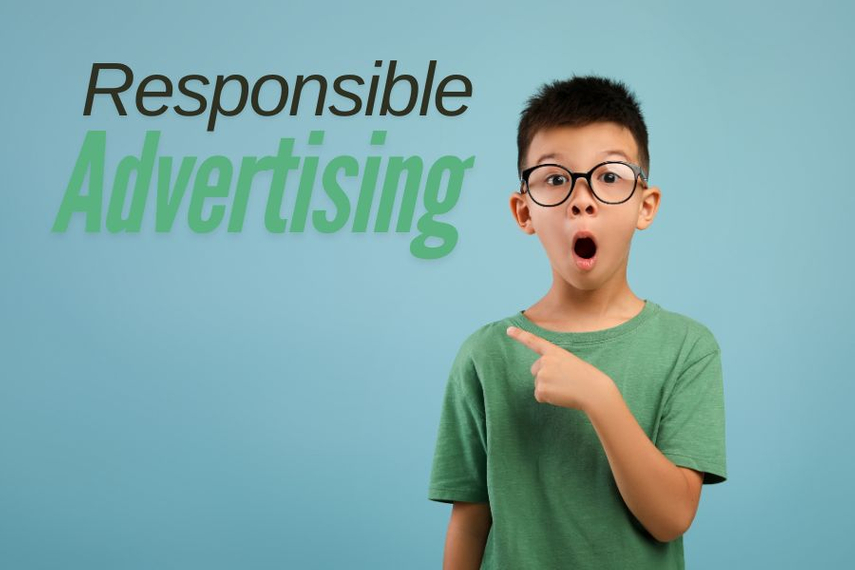
As the conversation around responsible advertising grows louder, the decision to impose guardrails on social media interactions for younger audiences is sparking debates across industries. While some brands may see this as a challenge, it presents an opportunity for a paradigm shift—one where ethics, creativity, and meaningful connections take centre stage.
The notion that marketing to underage consumers should be curbed is not just about compliance but about fostering a culture of responsibility. Much like the societal norms that restrict selling cigarettes, alcohol, or other age-sensitive products to minors, this move underscores the importance of protecting vulnerable groups.
Social media, as pervasive as it is, significantly shapes impressionable minds. If we agree that individuals below a certain age lack the maturity to drive or consume alcohol, why should social platforms—arguably as impactful—be any different? By ensuring these restrictions, brands are not losing a demographic but gaining a chance to build a more thoughtful and enduring legacy.
Before social media’s dominance, brands connected with audiences through tangible and memorable campaigns. From Converse sneakers to the widely popular Livestrong bands, these products became cultural icons through organic appeal, not algorithmic precision.
The ban on advertising to underage audiences on social platforms might push brands back to basics—fostering trust, word-of-mouth, and community engagement.
The nostalgia associated with legacy brands like Jansport or the first Sony Walkman wasn’t built overnight. These connections were the result of slow, meaningful marketing strategies that resonated across generations. In today’s fast-paced world, where trends change weekly, this approach may seem counterintuitive but is essential for building lasting relationships.
Creativity and community: A return to roots
Without the crutch of targeted social media ads, brands will need to innovate. But there are several strategies that they can adopt to navigate this transition.
The best one is probably organic word-of-mouth. Social platforms have often accelerated fleeting trends, making brand loyalty harder to sustain. By focusing on word-of-mouth, brands can foster authentic relationships. Whether it’s a well-designed offline campaign or a standout customer experience, these connections will resonate more deeply than transient hashtags.
Brands will need to invest in offline experiences—pop-ups, events, and local partnerships—to stay relevant. These interactions can create lasting impressions, allowing brands to engage directly with communities rather than through screens.
Reviving traditional communities, like fan clubs or hobby groups, can open avenues for brands to connect with audiences meaningfully. Imagine brands like LEGO fostering creativity workshops or a fitness brand hosting neighbourhood running events.
With younger audiences growing choosier about what brands they allow into their lives, guerrilla marketing can serve as a powerful tool. Creative, disruptive campaigns in public spaces can spark curiosity and engagement without relying on digital platforms.
Diversifying platforms for resilience
The over-reliance on any single platform has always been risky. This ban serves as a reminder for brands to diversify their marketing strategies. Traditional PR, long seen as less glamorous in the digital age, might now regain its significance. From inserting products into favourite TV shows to leveraging partnerships with educational institutions, brands can explore unconventional but impactful avenues.
Take, for instance, the resurgence of QR codes during the pandemic. Simple tools like these, when paired with compelling offline experiences, can seamlessly bridge the gap between the digital and physical worlds. Similarly, localised advertising, regional partnerships, and experiential events can create rich, layered narratives that platforms like Instagram simply cannot replicate.
Perhaps the most impacted by these changes will be influencer marketing. Influencers, who primarily thrive on the reach and engagement of social platforms, will now need to demonstrate their value in the real world. This shift demands a more authentic approach, where influencers engage in meaningful offline activities or collaborate on traditional platforms like TV or OTT content.
Influencers who can step out of their digital personas to deliver tangible, impactful campaigns will likely find more sustainable success. For instance, partnering with schools, running workshops, or spearheading community initiatives could redefine the way influencers connect with younger audiences.
Building intelligent narratives
Today’s young consumers are astute and purpose-driven. Unlike previous generations, they expect brands to engage in intelligent, meaningful dialogues. Brands must craft narratives that resonate with these values, avoiding the temptation to patronise or oversimplify.
Campaigns should highlight sustainability, inclusivity, or other issues that matter to this generation. These narratives, when paired with transparent practices, can make brands more relatable and trusted.
The charm of legacy campaigns like Coca-Cola’s jingles or Fevicol’s iconic ads lies in their authenticity and relatability. These campaigns were not about instant gratification but about forging emotional connections that lasted decades. Similarly, the Livestrong bands created a cultural phenomenon by tying a simple product to a cause.
Brands today can take inspiration from these examples to create campaigns that prioritise depth over virality. A thoughtful campaign that resonates with family values, community goals, or societal betterment can leave a lasting impact.
The role of content and SEO
While content marketing and SEO remain vital tools, they cannot replace a brand’s need to build meaningful connections. These channels should complement—not drive—a brand’s core strategy. A brand’s content should be less about selling and more about educating, inspiring, or entertaining its audience.
For instance, a brand targeting young readers could create an engaging storytelling platform rather than bombarding them with ads. By investing in quality content that aligns with its values, a brand can establish itself as a trusted authority.
The restriction on social media advertising for younger audiences is not a limitation but an opportunity for brands to creatively re-think the way they communicate with a new generation of consumers. In opportunity for brands to creatively re-think the way they communicate with a new generation of consumers.
It challenges brands to step away from the noise of instant likes and comments and return to creating campaigns that resonate deeply. It’s a chance to rebuild trust, nurture communities, and engage in more ethical practices, and the brands that adapt creatively and responsibly will not only survive this shift but thrive in it.
 - Upasna Dash, founder and CEO, Jajabor Brand Consultancy
- Upasna Dash, founder and CEO, Jajabor Brand Consultancy


.jpg&h=334&w=500&q=100&v=20250320&c=1)
.jpg&h=334&w=500&q=100&v=20250320&c=1)


.jpg&h=334&w=500&q=100&v=20250320&c=1)


.jpg&h=334&w=500&q=100&v=20250320&c=1)

.jpg&h=334&w=500&q=100&v=20250320&c=1)


.png&h=268&w=401&q=100&v=20250320&c=1)
.jpg&h=268&w=401&q=100&v=20250320&c=1)
.jpg&h=268&w=401&q=100&v=20250320&c=1)

.jpg&h=268&w=401&q=100&v=20250320&c=1)

